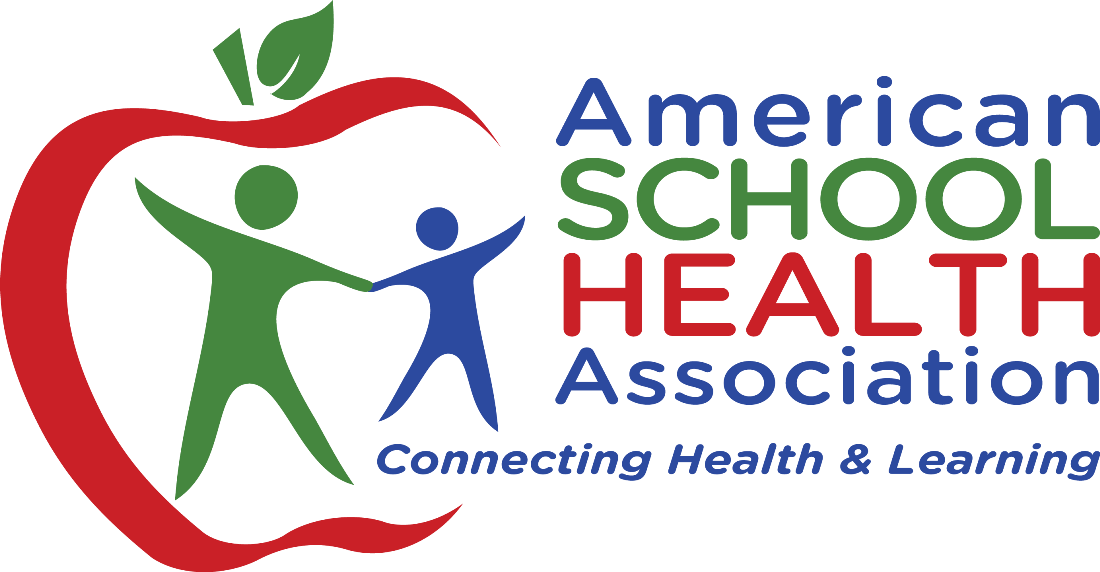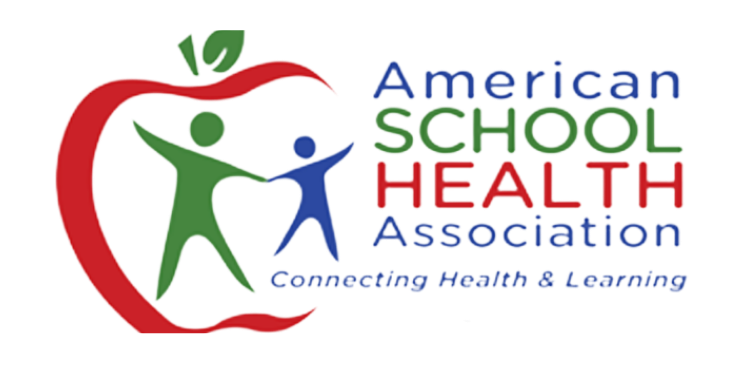Every Day is Universal Children’s Day

Sharon Murray, ASHA Finance Chair
Did you know November 20 is Universal Children’s Day? Confession – I didn’t. Not until I was asked to write this blog.
As it turns out, Universal Children’s Day was declared by the United Nations General Assembly more than 60 years ago! It was established to encourage all countries to institute a day, to promote dialogue and understanding among children and to initiate action to promote the welfare of the world’s children.
Thinking about the importance of November 20, I can’t help but wonder – what if every day was Universal Children’s Day?
As we strive for equity, engagement, and opportunity for all children, what better place to do so than within our nation’s schools? The Whole School, Whole Community, Whole Child (WSCC) model provides a framework that promises to improve each child’s cognitive, physical, social, and emotional development by establishing greater alignment, integration, and collaboration across the school and community settings. In doing so, we can ensure each child is challenged, engaged, supported, healthy, and safe. Isn’t this what Universal Children’s Day is all about?
While the WSCC model is “new,” the foundation it is based on is not. The WSCC model expands and updates the Coordinated School Health (CSH) approach and blends it with ASCD’s whole child approach to education. The November 2015 special supplement to the Journal of School Health (free!) provides the historical, contextual, and research background to the model.
The new model focuses attention on the student while emphasizing a school-wide approach to addressing the complex needs of each school community. According to Morse and Allensworth (2015), “Placing students in the center of the WSCC model makes visible the commitment of education and health to collaboratively prepare today’s students for the challenges of today and the possibilities of tomorrow.” This seems especially aligned with Universal Children’s Day.
They go on to say, “research in both education and health reveals that giving students a voice and engaging students as partners benefits them by fostering development of skills, improvement in competence, and exertion of control over their lives while simultaneously improving outcomes for their peers and the entire school/organization.”
Simply put, we must engage students in a front-and-center role to define the programs, policies, and practices that impact health and learning. We can make a positive and lasting difference in the lives of all children by working together to ensure they are healthy, safe, and motivated to learn. Healthy students learn better. Educated students become healthier adults. Healthy, educated adults are far less likely to live in poverty.
“The one thing all children have in common is their rights. Every child has the right to survive and thrive, to be educated, to be free from violence and abuse, to participate and to be heard.” Secretary General of the United Nations, Ban Ki Moon
The WSCC model provides the structure for us to make this vision a reality.
Make sure to check out all the great articles on WSCC in the November 2015 special supplement to the Journal of School Health. It’s free!

